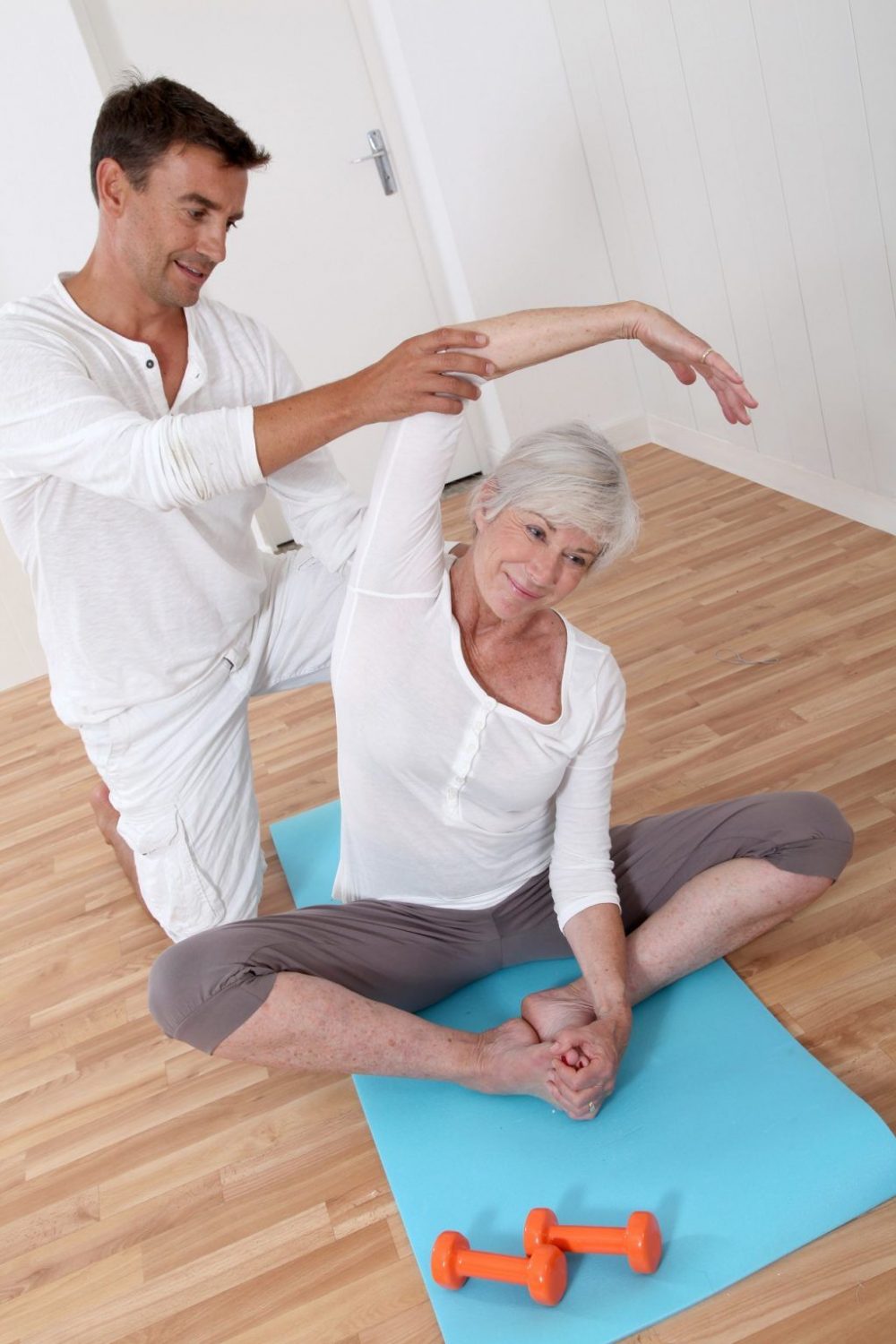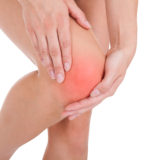

By definition, arthritis is the inflammation of one or more joints of the skeleton. It can be caused by chronic or acute trauma, infection or as a result of aging. There are many different types, the most common being osteoarthritis. Other common forms of arthritis are: rheumatoid, gout and autoimmune diseases, like lupus. Over 50 million Americans have been diagnosed with some form of arthritis and more than 50 percent of diagnoses are for osteoarthritis.
Arthritis is the most common cause of disability in the U.S. It can interfere with normal activities of daily living and negatively affect the quality of life of those afflicted. Treatment modalities can vary depending on the type of arthritis, with more serious forms like rheumatoid arthritis requiring drugs (immunosuppressants and steroidal anti-inflammatories), and the less destructive osteoarthritis treated with lifestyle changes and less invasive medical interventions.
While the medical community focuses on management of these conditions primarily with pharmaceuticals and surgical intervention, there are many safe, effective alternative therapies that can be implemented by the patient to manage the disease and decrease or eliminate the need for medical and drug therapy. The value of using these alternative methods lies in slowing the progression of the disease, enhancing daily quality of life and minimizing the exposure to the negative side effects that accompany the drug therapies.
Do This First: Lifestyle Changes
Before considering any treatment there are certain lifestyle changes that should be adopted in order to make your body more receptive to the healing qualities of those therapies. You probably won’t be surprised at these recommendations:
- Change Your Diet – Reducing the foods that create or feed inflammation in your body is the first step in overcoming the pain. The main culprits are fast foods, processed foods, soft drinks and alcohol. One of the most inflammatory of foods is gluten. Whether you have a gluten allergy or not, limiting the amount of wheat products you eat (bread, pasta, etc.) will help you overcome the state of chronic inflammation in your body. The same goes for dairy products. Besides reducing your inflammatory state, these dietary changes will help you lose weight. Sixty-six percent of people diagnosed with arthritis are overweight or obese. The connection is clear – fresh, whole foods prepared at home are the way to go.
- Exercise – Regular vigorous exercise reduces the risk of arthritis and arthritis-related disability. If the arthritis is severe or in an advanced stage, exercise prescribed and assisted by a physical therapist may be necessary. If you have not exercised in a while, begin with walking. Other exercises like yoga and swimming will help build muscle, improve joint mobility, and reduce pain and stiffness.
- Nutritional Support – Add a well-designed joint support supplement into your daily regimen. Ideally it should contain glucosamine, chondroitin and MSM to support maintenance and production of healthy cartilage. In addition, anti-inflammatory agents such as curcumin and boswellia should be part of the formulation. This extra support can help prevent injury to the joints and will help to promote more complete healing if arthritis is already an issue.
Then Give These a Try
- Massage – Shown to significantly reduce pain and stiffness while improving range of motion, grip strength and overall joint function. Daily self-massage (Abhyanga) will improve general comfort and joint mobility. Using essential oils like lavender or eucalyptus will further enhance the reduction of joint pain and stiffness.
- Acupuncture – Pain reduction, improved range of motion and reduced inflammation are all benefits of using this powerful, ancient approach to healing.
- Fish Oil – Omega-3 fatty acids help reduce pain and inflammation. Best if you use a supplement that derives these oils from anchovies, sardines and herring. Even better if you get these nutrients through your diet.
- Capsaicin Creams/Gels – They don’t require a prescription and work well for temporary pain relief. May be irritating to sensitive skin.
- Paraffin Bath – Very effective for deep heating pain relief to the joints of the hands and feet. Not advisable for people with high sensitivity to heat.
- Hypnosis – While this therapy seems outlandish, there are a number of studies that show significant pain relief for arthritis sufferers. Usually requires a few sessions for benefit to accrue.
Lastly – Not as Crazy as They Sound!
-
- Leeches – Have been used successfully for anesthetic during microsurgery and are an FDA classified medical devise. Leech saliva contains a blood-thinning substance that also acts to relieve pain. Studies indicate leeches outperform diclofenac, a topical NSAID for lasting pain-relief. The major drawback with this therapy is the cost – about $600 and not covered by insurance. And it’s kind of creepy, too.
- Marijuana – This highly controversial therapy has few side effects and is proven to help control pain. There is a great deal of resistance to its use in the medical field with the primary objection being insufficient research. The short memory of the medical field ignores the history of aspirin which was universally accepted without research. Cannabis has been used medicinally for over 5,000 years and it is free of the major side effects that prescription pain killers can cause. Additionally, THC-free, isolated CBD options (without any of the psychoactive ingredients you’ll find in cannabis and no issues with drug-tests) extracted from industrial hemp have been shown to be beneficial in pain reduction as well.




